
Ever since celluloid emerged, filmmakers have borrowed concepts, from narrative structures to visual styles and camera techniques from each other, applying it to their own creations to the point that it’s impossible to understand cinema without its lending nature. In a way, every director has been shaped by the movies he or she has watched throughout his or her life, and the greatest of them in turn have inspired a whole new generation that replicate theirs.
Hollywood has always been quick to appropriate ground-breaking hits and innovative ideas from overseas and making it their own, more often than not reaching a much bigger audience than the original work, even if it meant compromising the quality of the film. Cultural exchange has been a blessing for cinema in the long run, helping it move forward up to what it is today. Often enjoying a bigger creative freedom without the shackles of risk-averse studios and a commercially driven industry, foreign auteurs have frequently come up with ideas that served as the main inspiration to some of the most popular releases in America, none bigger than the following ten.
1. Paprika (2007) – Inception (2010)
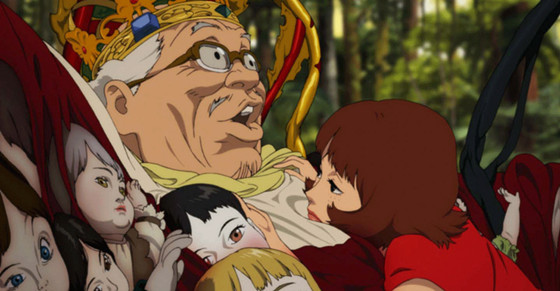
Christopher Nolan’s classic thriller owes a lot to Satoshi Kon, who’s widely considered to be one of the most influential and brilliant anime filmmakers ever. His surrealist movie Paprika employs the concept of dreams and the unconscious mind, featuring sophisticated devices that enable users to access other’s dreams while following similar laws and physics as seen in Inception.
In Paprika, this gadget is originally designed to treat and help psychiatric patients, but an unfinished prototype gets stolen which, if misused, could potentially enable its user to alter other people’s personality irrevocably by breaching their subconscious mind. This kicks off a psychedelic detective hunt to crack down the culprit, while Inception’s premise is a more upfront heist where the protagonists have to plant a fake memory by entering deeper ‘dream levels’. Certain imagery from Nolan’s movie is borrowed straight from Kon’s, such as the use of shattering mirrors to represent the dream falling apart and the real consciousness leaking in, or a scene in a long corridor where gravity switches mid-fight.
2. The Hidden Fortress (1958) – Star Wars (1977)
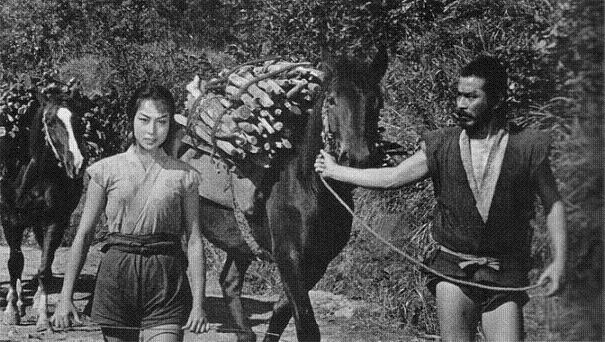
George Lucas is a long-time admirer of Akira Kurosawa, the legendary Japanese director who became one of the first to be widely popular in the West. Star Wars is far from the only remake of his work in the West, a list that includes films like A Fistful of Dollars (Clint Eastwood’s spaghetti western) and The Magnificent Seven, with Kurosawa being inspired in the first place by the likes of John Ford and William Shakespeare.
It’s no secret that the premise for Lucas’ space opera was picked up from one of his samurai epics. The Hidden Fortress follows the smuggling of a princess in disguise through enemy lines, a task carried out by two goofy peasants and a veteran, loyal samurai. The most glaring parallel is how the story is told through the point of view of the lowly, quirky duo instead of the conventional heroes, in a similar way to how Star Wars opens up with C3P0 and R2D2. Princess Leia and Princess Yuki both prove to be self-assertive and deeply caring of their people, subverting the overused ‘dame in distress’ trope. Obi-Wan Kenobi’s mentor role and the concept of the wise and self-reserved Jedi Knight is very derivative of the samurai, even as far as their robes and sword fighting style (Vader’s helmet design is also based on the traditional warrior kabuto). The wipe transitions that are almost universally linked with Lucas’ saga today can also be found in The Hidden Fortress.
3. Lady Snowblood (1973) – Kill Bill (2003)
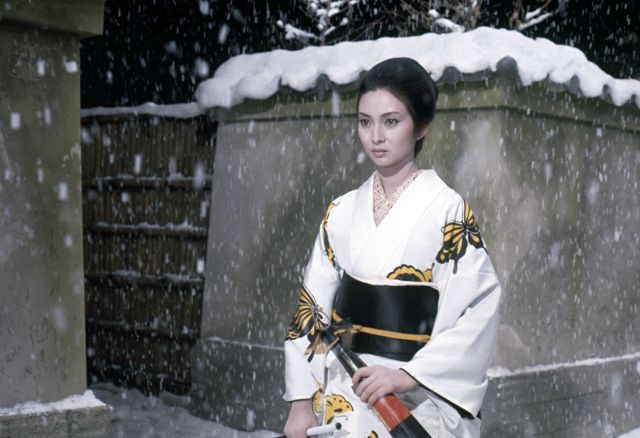
Quentin Tarantino has always acknowledged his derivative style and references, being pretty vocal about his unconditional love for Asian cinema. Kill Bill is his ultimate homage to the grindhouse and wuxia genre (the Bride’s iconic yellow suit being a straight reference to Bruce Lee’s in Game of Death). But if there’s one film that can claim the biggest influence of all is Lady Snowblood, Toshiya Fujita’s 1973 thriller.
Stylistically, both films share the same approach, with highly stylized violence and no shortage of blood-spraying duels. The story beats are very similar, following a sword-wielding heroine on a quest for revenge after being tortured by a gang and using non-lineal flashbacks to shed light on her backstory. Lady Snowblood is set in 19th century Japan and features heavier political undertones, whereas Tarantino’s version is a more straight-forward, character-driven American retelling. O-Ren’s white dress is taken straightly from Yuki’s, and a duel in the snow happens to serve as the final climax for both films.
4. Infernal Affairs (2002) – The Departed (2006)
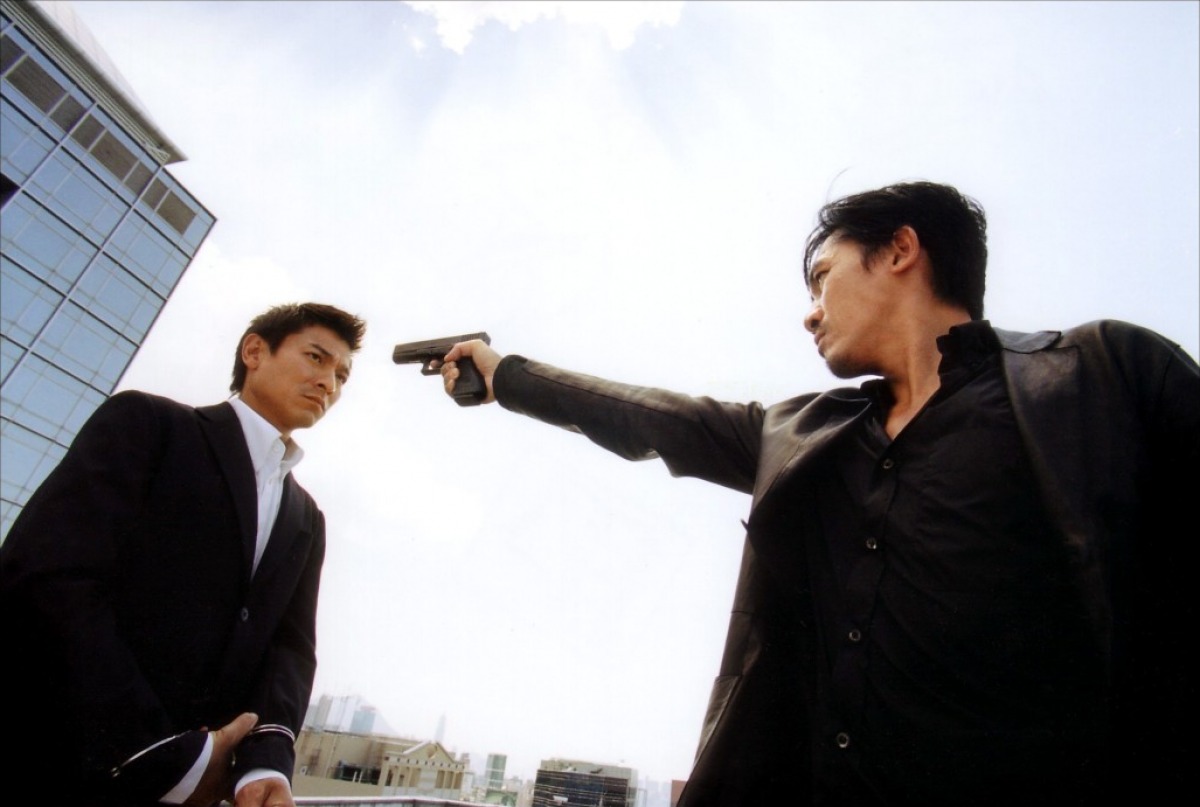
Martin Scorsese took home a long-awaited Oscar for Best Picture and Best Director in 2006 for The Departed. This thrilling crime film starring Leonardo DiCaprio, Jack Nicholson and Matt Damon is considered to be one of the peaks of his late-stage career. Scorsese is no stranger to adapting material, be it books (Goodfellas) or older movies (Cape Fear), so it comes as no surprise that The Departed is a reimagined rework of the 2002 Hong Kong action thriller directed by Andrew Lau and Alan Mak.
Both movies mirror the life of two members from the police force and the local mafia as they infiltrate each other’s respective organization as secret informers. Besides the change of setting (trading the streets of Hong Kong for Boston and the Triad syndicate for the Costello crime family), Scorsese’s version merges two love interests in Vera Ferminga’s character, putting to use its extra 50 minutes of runtime by fleshing out certain storylines and adding extra characters such as Mark Wahlberg’s into the mix.
5. Perfect Blue (1997) – Black Swan (2010)
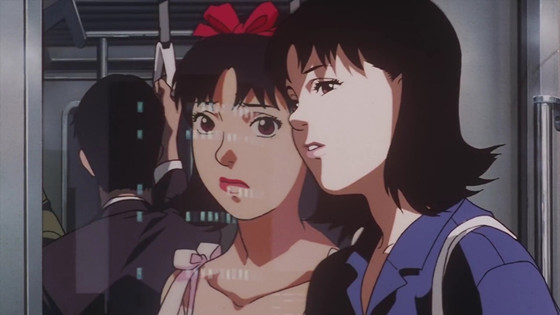
Two fantastic psychological thrillers that focus on the burden of expectations and obsession in troubled young women with dual identity disorders, both featuring unreliable narrators and a blurred line between reality and fiction. Satoshi Kon’s Perfect Blue follows the life of a popular young singer-turned-actress (Mima) struggling to leave behind her old life. Darren Aronofsky’s take also revolves around a psychotic young woman with a dissociative identity disorder. Portman’s character fails to truly embrace her ‘Black Swan’ persona needed to become a worthy ballerina, whereas Mima begins to reconsider her new frenetic on-screen career, both of the characters frequently suffering hallucinations of their alter egos as their mental health deteriorates.
Aronofsky bought the rights for Perfect Blue prior to making Black Swan, ripping off some of its most iconic shots like the bathtub scene in his own Requiem for a Dream and eerily similar imagery in Black Swan, but has yet to publicly acknowledge any influence.